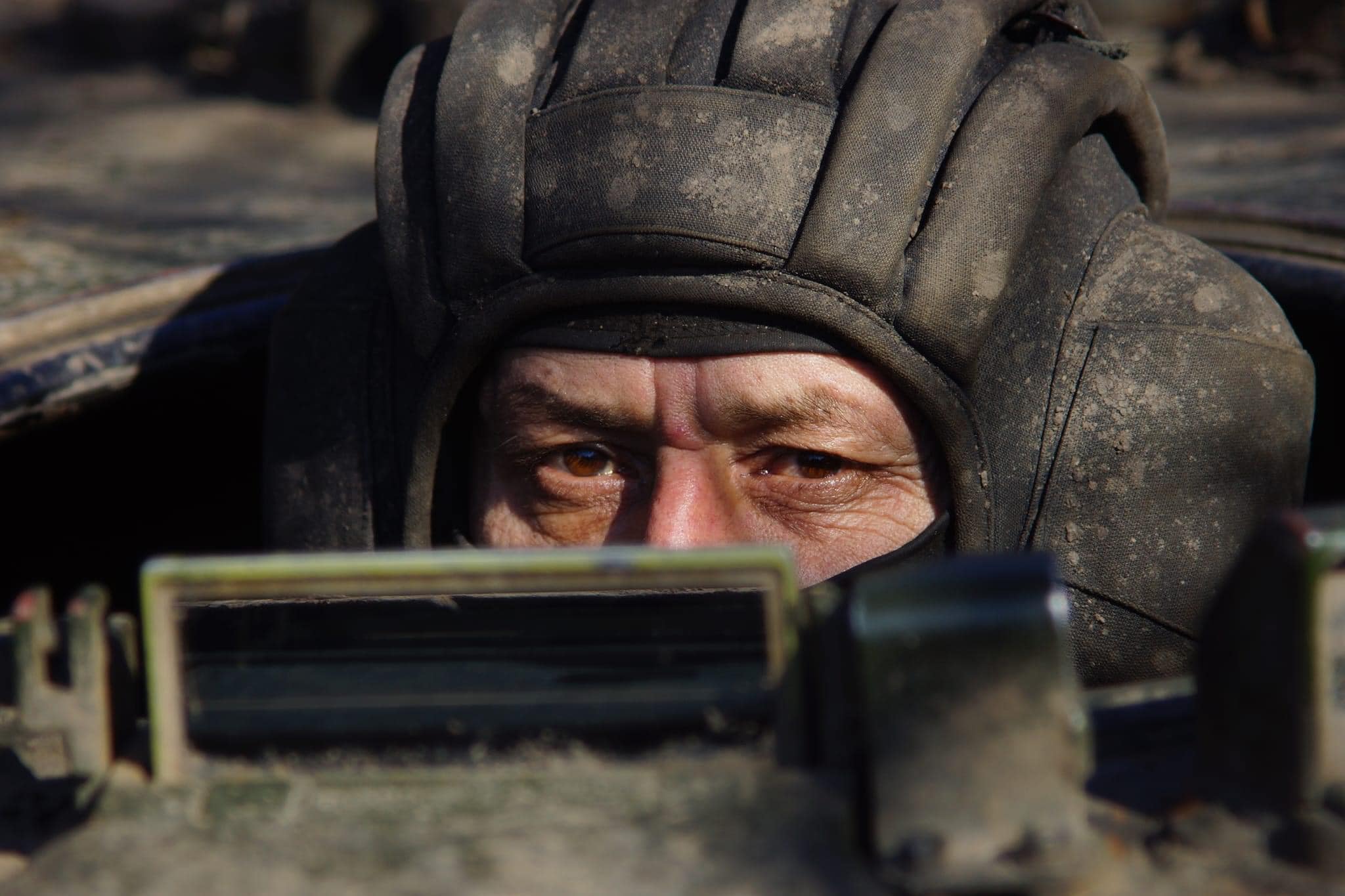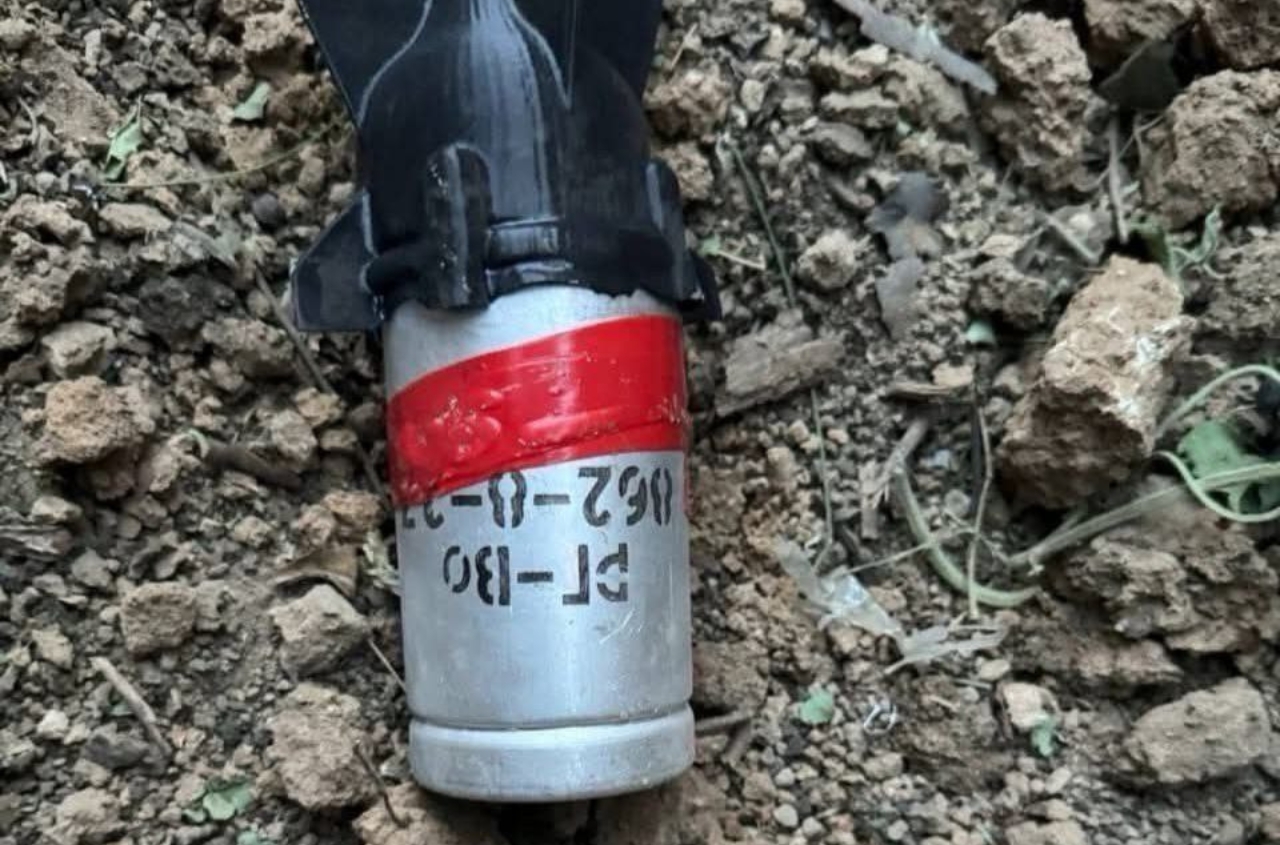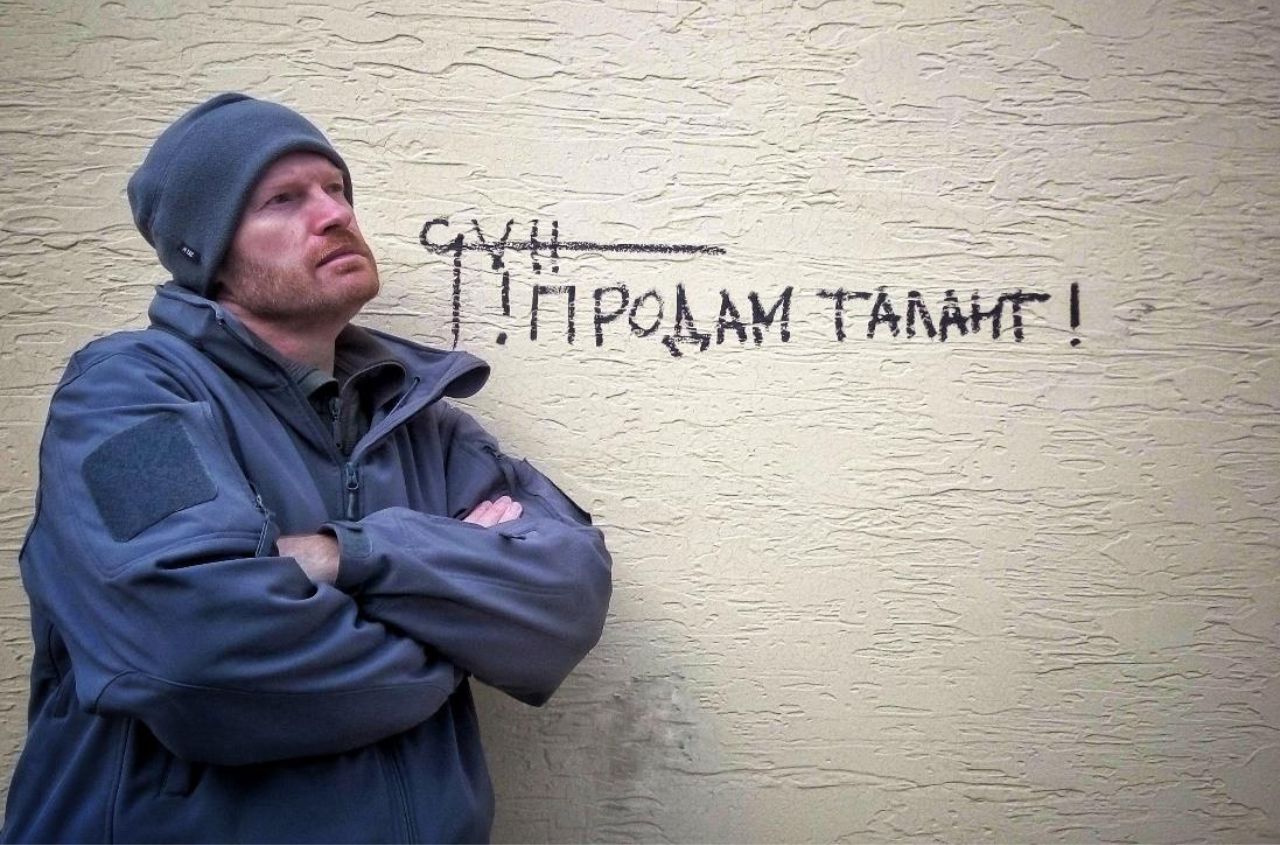ISW continues to assess, however, that Russian forces lack the capability to exploit the tactical capture of Bakhmut to generate operational effects, and will likely rapidly culminate following the capture of Bakhmut.Â
As ISW has previously assessed, Russian forces would have to choose between two diverging lines of advance after capturing Bakhmut. Russian forces could attempt to push west along the T0504 highway towards Kostiatynivka (about 20km from Bakhmut) or could push northwest along the E40 highway towards the Slovyansk-Kramatorsk area in northwestern Donetsk region (about 40km northwest of Bakhmut).
These two potential axes of advance are not mutually supporting, and degraded Russian forces would likely have to prioritize the pursuit of just one to have any chance of success - though Russian commanders have repeatedly stretched their forces too thin across multiple axes of advance throughout the invasion of Ukraine. Ukrainian forces have also heavily fortified both of these routes, which are supplied by numerous ground lines of communication (GLOCs) running deep into the Ukrainian rear, and any Russian attempt to advance down these roads would likely be highly costly.
Russian forces additionally likely lack the mechanized forces necessary to advance beyond Bakhmut, and the tactical “assault detachments†used in assaults against Bakhmut are likely unable to conduct maneuver warfare.
Recent Russian advances within urban areas of Bakhmut demonstrate that Russian forces can secure limited tactical gains with infantry-led frontal assaults.
Russian forces likely lack the mechanized forces necessary to exploit the roads (which are likely highly fortified) west of Bakhmut. As ISW has recently reported, Russian forces are increasingly relying on “assault detachments,†a battalion-size element optimized for frontal assaults on fortified areas, rather than for maneuver warfare.
These detachments are artillery-heavy, use simplified tactics, relegate tanks to a fire support role in rear areas, and would almost certainly struggle to effectively conduct operations beyond urban areas. A prominent Russian milblogger echoed this observation on March 7, noting that assault detachments are simply too small to “punch a wide and deep gap†in Ukrainian defensive formations and follow with tank and mechanized battalions, and called for the formation of “breakthrough brigades,†a change likely far beyond the current capabilities of Russian forces in the area.
The continuing devolution of Russian force structure towards small assault detachments using simplified tactics, combined with mounting losses among the most effective Russian troops, will likely greatly limit the ability of Russian forces to properly exploit any paths of advance opened by the capture of Bakhmut. Russian forces remain unlikely to secure more than a tactical victory following 10 months of assaults.



















